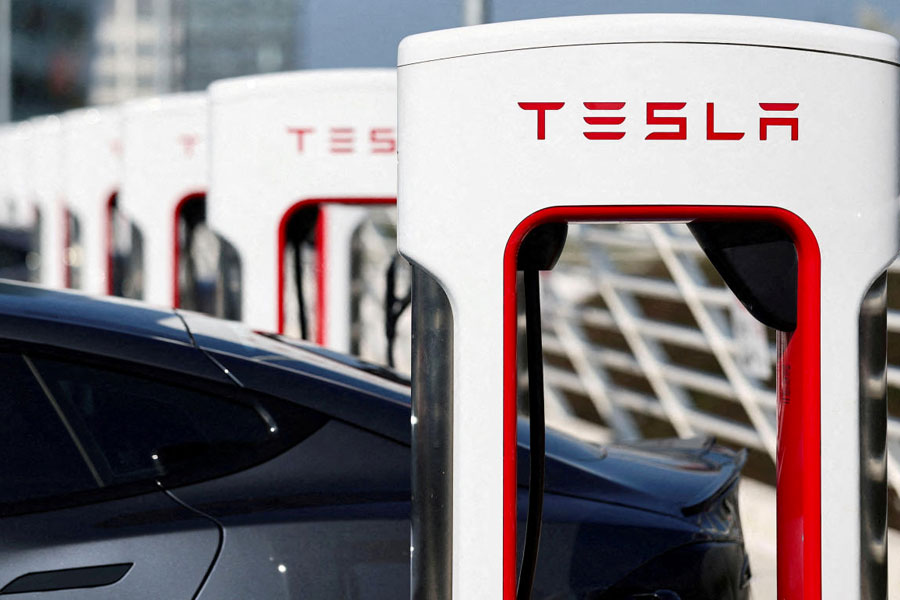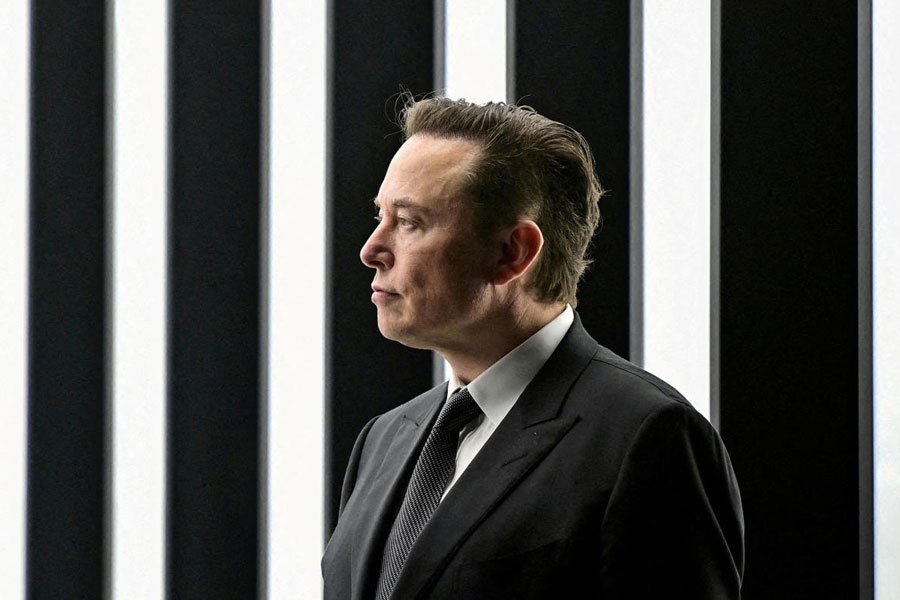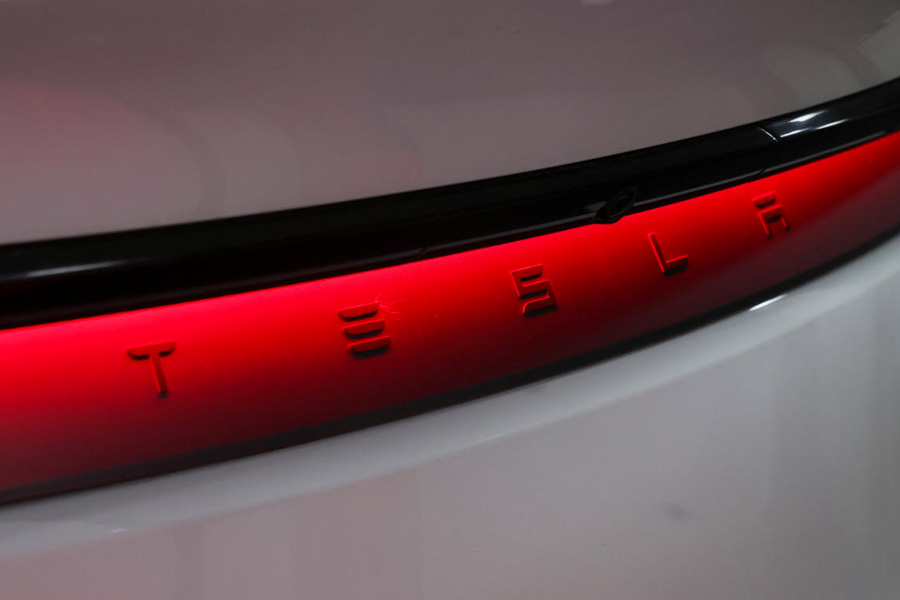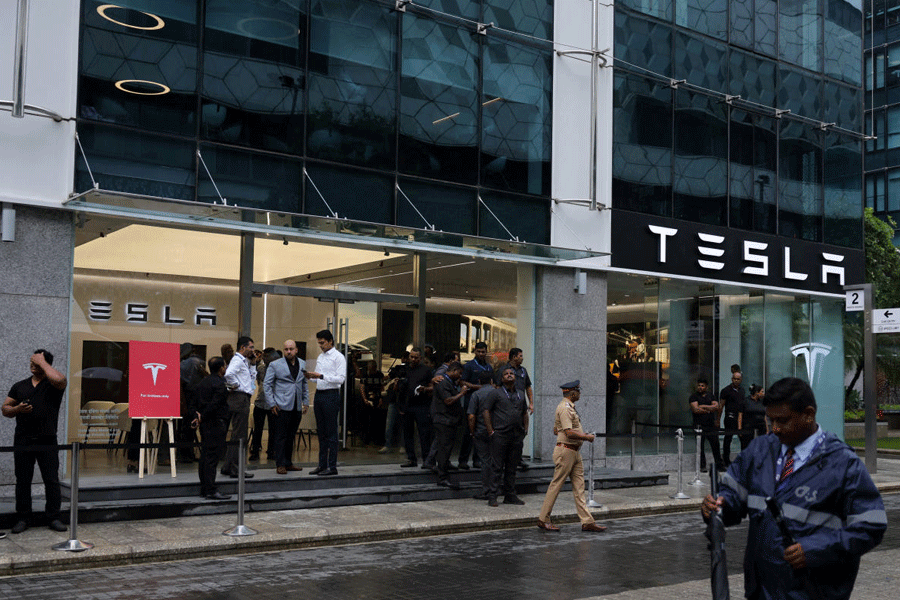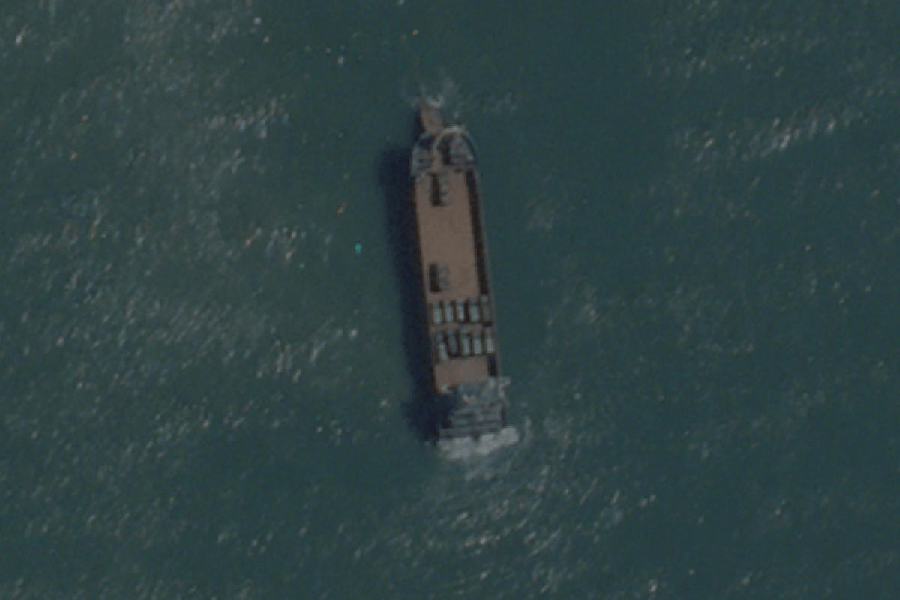The parents of two California college students killed in a Tesla crash say their children were trapped inside the vehicle as it burst into flames because of a design flaw that made the doors nearly impossible to open, according to lawsuits filed Thursday.
The lawsuits, filed in Alameda County Superior Court, allege that Tesla knew about the problem for years but failed to fix it, leaving Krysta Tsukahara, 19, and Jack Nelson, 20, unable to escape after the Cybertruck they were riding in crashed and caught fire.
Tsukahara and Nelson were in the back of a Cybertruck in November 2024 when the driver described in the lawsuits as under the influence of alcohol and drugs, veered off the road and slammed into a tree in Piedmont, a suburb of San Francisco.
The driver also died in the wreck.
A fourth passenger survived because a rescuer broke through a window to pull them out.
According to the suits, Tsukahara and Nelson suffered relatively minor injuries in the crash but died of burns and smoke inhalation because they could not open the vehicle's doors.
"If it had not been so difficult to escape the burning Cybertruck, she'd be alive today," said Carl Tsukahara, Krysta's father, in an interview with The New York Times, which first reported the lawsuit.
A design problem known for years
Tesla's vehicles use electronic doors that open with the push of a button, a feature that has become a hallmark of the company's sleek, high-tech image.
But the system depends on a 12-volt battery separate from the car's main power source. If the battery is damaged in a crash or fire, the electronic door mechanism can fail.
Each Tesla does have manual release handles, but in several models, including the Cybertruck, they are hidden and difficult to locate in an emergency.
In the Cybertruck's back seat, passengers must lift a rubber mat inside the bottom of the door's storage pocket to find a cable that unlocks the door, a design the lawsuits argue is nearly impossible to navigate amid smoke and flames.
The lawsuits, according to The New York Times and The Associated Press claim Tesla's leadership, including CEO Elon Musk, was aware of these risks but did not take timely steps to correct them.
The case arrives just weeks after the National Highway Traffic Safety Administration (NHTSA) opened a formal investigation into Tesla door malfunctions.
Regulators are reviewing complaints from owners who said they could not open back doors to get their children out, sometimes having to smash windows to reach them.
Tesla did not immediately respond to AP’s requests for comment.
In August, a Florida jury awarded more than $240 million in damages to the family of another college student killed in a crash involving a Tesla.
That case centered on allegations that the company failed to fix defects in its vehicle's suspension system.
Tesla's decision to replace traditional door handles with flush electronic latches was imitated by other automakers, especially in electric models.
Beyond aesthetics, the design reduces aerodynamic drag by removing protruding handles. But the system has also introduced new hazards in emergencies where power is cut.
According to The New York Times, Tesla's reliance on the small 12-volt battery to power the doors has been a consistent weak spot.
Once disabled, the main escape option becomes the hidden manual release, an element the lawsuits say is neither intuitive nor safe.

